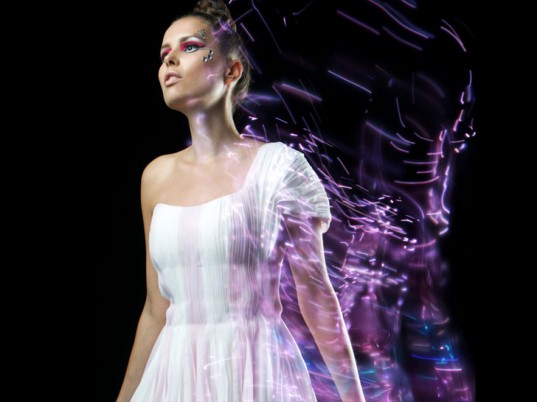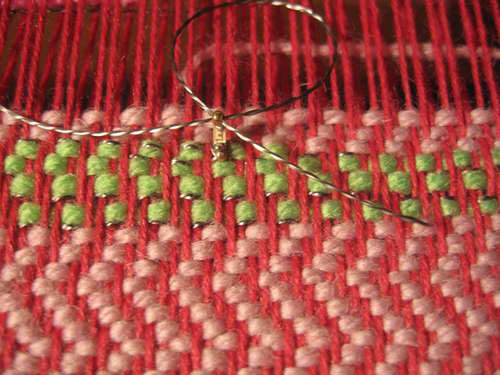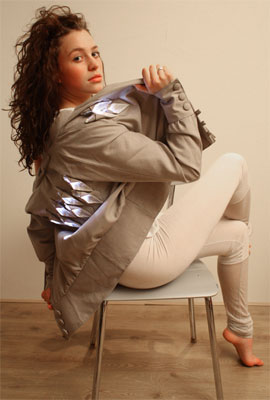
Over the past few years, current fashions have become much more luminous- literally. From Lady Gaga to Katy Perry, light-up red carpet or performance garments have been a unique trend. Though awe-inspiring, one can’t help but wonder how it’s done, especially for more subtle looks that might not necessarily involve a stage.
Lighting up textiles is a tricky endeavor, as it requires LEDs that run on bulbs and batteries- not very comfy or subtle additions to your favorite dress.
So how does a fashion designer pull off a light-up dress without short-circuiting their LED textiles?
Essentially, the light and power source can be sewn or embroidered right onto the fabric.
For the more tech-savvy, the lighting can be programmed to blink or change color. While initially all the circuitry can seem cumbersome, advancements in technology have made such design problems much easier.
If you are designing your own textile from scratch, lights and batteries are available in much smaller sizes, and can be sewn in using conductive thread, eliminating the need for wires. In fact, there are even conductive fabrics, woven entirely from such thread on the market for this purpose.
If you would prefer to source LED fabrics, product developers at Phillips Research have created an original textile that seamlessly blends fiber and light together, perfect for both on and off the stage.
The fabric, Lumalive, contains tiny RGB LED packages. A second fabric layer covers the miniaturized lights and diffuses them, causing them to appear larger than they actually are.
By magnifying the light sources, far fewer LEDs are required, and they are able to be spaced much father apart. This allows the fabric to retain its softness and flexibility without being bogged down by electronics- completely undetectable by the wearer. Additionally, the top layer is detachable, making the fabric 100% water-proof.
What do you think of LED textiles in fashion?



